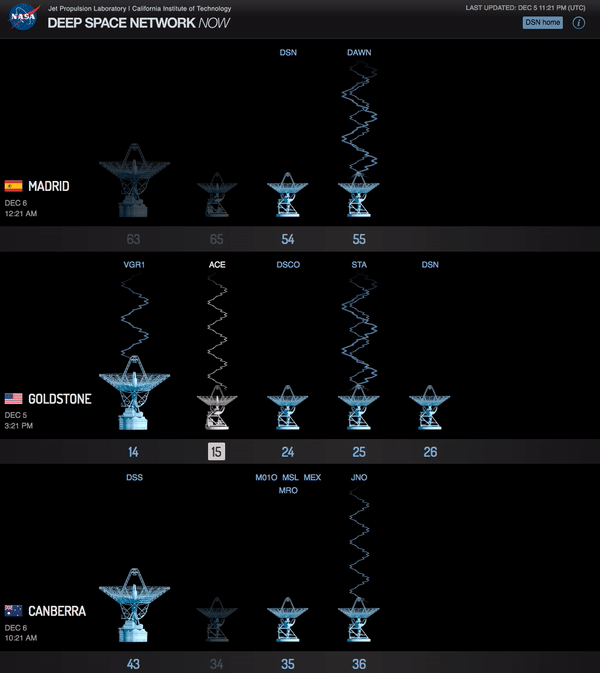6. Communications
6.2 Subsystem Responsibilities
The communications subsystem is responsible for:
- Sending payload data to ground driven by the mission requirements,
- Mission dependent
- Wide range of data rates, bandwidth, criticality, …
- Sending spacecraft data (e.g. health, position, attitude) to the ground for operations, and
- Attitude and acceleration data: sun sensors, star sensors, gyros, accelerometers, etc.
- Housekeeping data: temperatures, pressures, voltages, currents, etc
- Receiving commands from the ground for operations

The communications subsystem specialist is responsible for:
- Defining a communication architecture, which includes spacecraft bus, and ground segments
- Selecting a radio frequency and getting the license for that radiofrequency
- Juggling the number and position of ground stations available to use

- Selecting and coding the compression, encoding, and modulation of signals to balance loss and bandwidth
- Select communications technology that adheres to mass, volume, power constraints, and regulations and fulfills mission requirements
- Verifying that the communication link budget closes based on the selected technologies and ground station architecture

